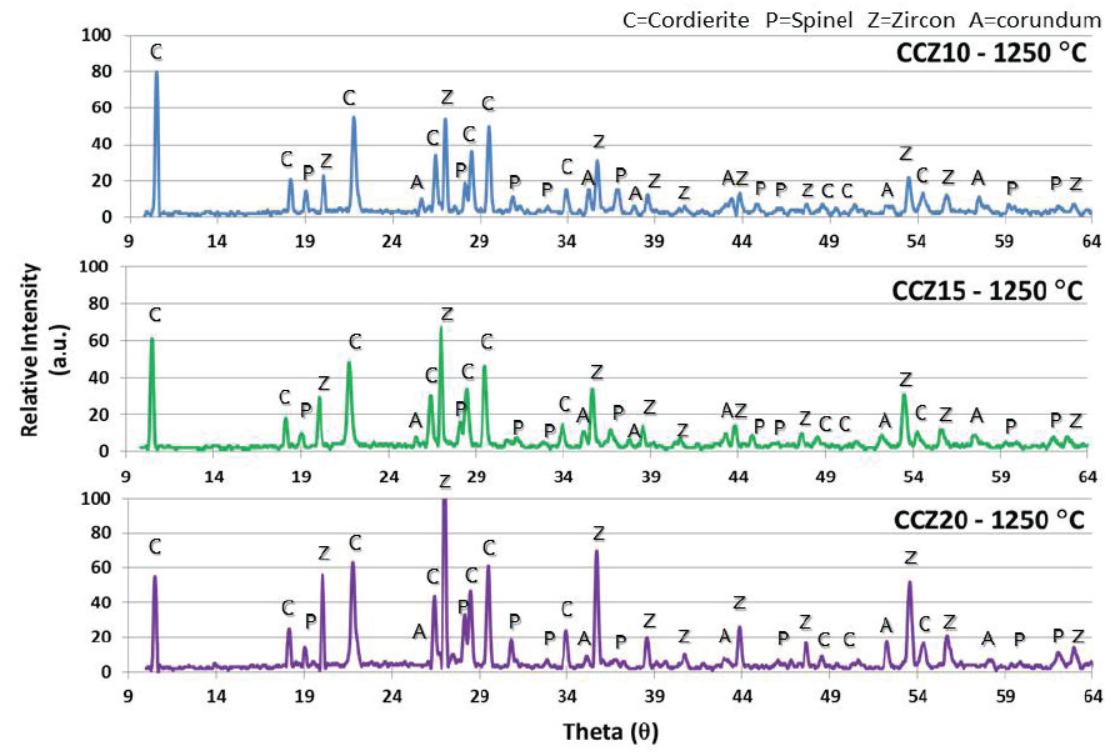Development of Cordierite Ceramic Cookware
DOI:
https://doi.org/10.60136/bas.v1.2012.179Keywords:
Ceramic, Cookware, Flame ware, Cordierite, Low expansion bodyAbstract
This study is to develop cordierite ceramic cookware by synthesis of cordierite body using kaolin, ball clay, talc, and alumina at sintering temperature 1300 °C. The synthetic cordierite could withstand the thermal shock up to 400 °C and had the coefficient of thermal expansion of 3.09x10-6/°C. The lower coefficient of thermal expansion glaze, 2.61x10-6/°C, was also developed for the synthetic body. After, the crazing resistance test by autoclave at 250 psi, the glaze did not craze. Then the 7 inch diameter pots were prepared and used for the cooking test on a gas stove-top or hot plate for more than 50 cycles. The results showed that the pots were crack free.
References
Low thermal expansion modified cordierite, US. Patent 4, 403, 017, Sep 6,1983.
F. Singer and Sonja S. Singer, Industrial Ceramics, Chapman and Hall, London, 1979. 482-487.
Costa Oliveira F.A., Franco J.A., Cruz Fernandes J., Dias D., Newly developed Cordierite-Zircon composites, British Ceramic Transactions, vol. 101, No. 1, Feb. 2002, 14-21(8).
Richard A. Eppler and Douglas R. Eppler, Glazes and Glass Coatings, The American Ceramic Society Westerville, Ohio 2000, 25-29.
Composition and process for glazing ceramic ware, US. Patent 3, 871, 890, Mar, 18, 1975.
Daniel Rhodes, Clay and Glazes for the Potter, 3 rd. ed. Revised and Expanded by Robin Hopper, Krause publications, United states of America, 2000, 111-113.
C.W. Parmalee, Ceramic Glazes 3rd.edCahners Publishing Company, Inc. USA, 1973, 250-251.

Downloads
Published
How to Cite
Issue
Section
License
Copyright (c) 2012 Bulletin of Applied Sciences

This work is licensed under a Creative Commons Attribution-NonCommercial-NoDerivatives 4.0 International License.









